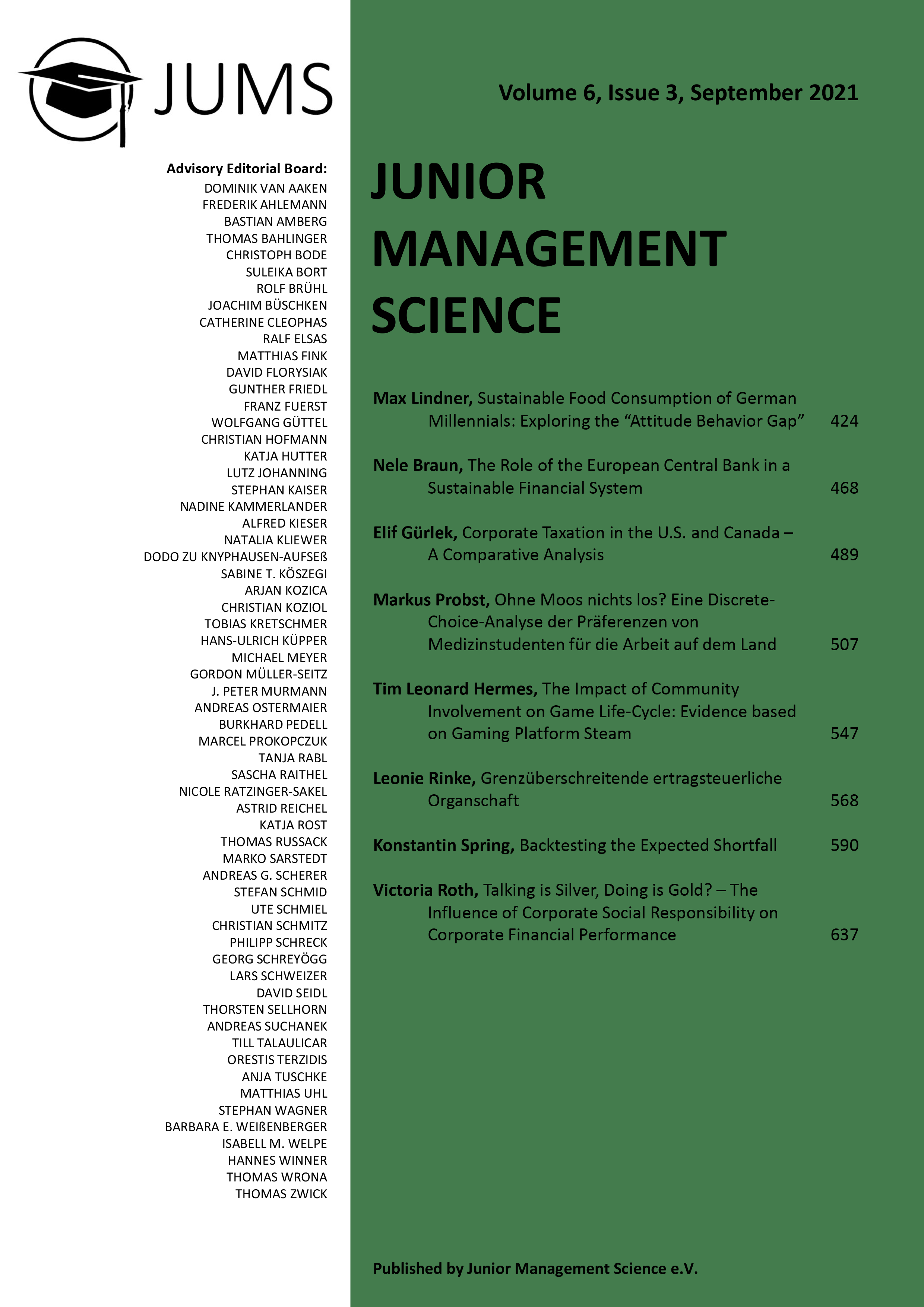Abstract
Backtesting of risk measure estimates is an integral part for an effective risk management. With the growing importance of the Expected Shortfall (ES) to potentially replace the Value at Risk (VaR) as a primary measure for market risk this also calls for suitable backtesting solutions. Although a variety of approaches has been proposed in the past, there is still an on-going discussion whether the ES can be properly backtested. The thesis adds to this discussion in the following way. Five of the most promising backtests for the ES are implemented, compared based on theoretical properties like empirical size and power and tested against ES estimation models which are fitted to historical returns of the S&P 500. In addition, all backtests in scope are assessed against a set of criteria which reflect their practical applicability for both regulators and financial institutions. Results presented within this thesis confirm that backtesting the ES is indeed not much more complicated than backtesting the VaR. Backtesting ES might be conceptually less straight forward, but there are multiple promising approaches which allow for a reasonable validation of ES estimation models.
Keywords: Expected shortfall; backtesting; risk measures; statistical test.

Dieses Werk steht unter der Lizenz Creative Commons Namensnennung 4.0 International.
Copyright (c) 2021 Junior Management Science e.V.

